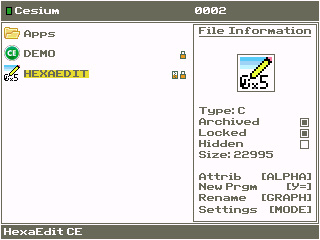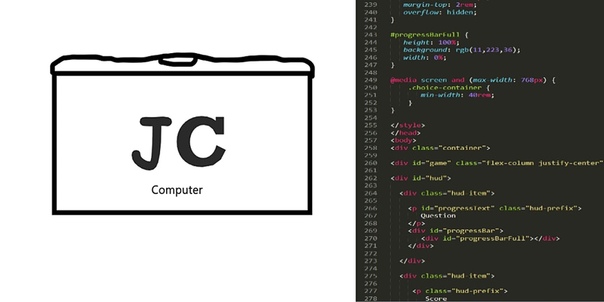
- #Hex fiend show line by line manuals#
- #Hex fiend show line by line .exe#
- #Hex fiend show line by line code#
#Hex fiend show line by line .exe#
EXE file produced will be the name of the first. Under MASM, you do the same thing, except that you place a plus sign ( +) between each of the. OBJ extension-TLINK assumes that all modules to be linked end in. OBJ file on the command line after the word TLINK, with a space between each filename. Linking multiple files involves naming each file on the command line. You need to place a semicolon at the end of the command to avoid a series of questions about various linker defaults (for example, C:\ASM>LINK FOO ) If you're using MASM, using LINK is done much the same way.
#Hex fiend show line by line manuals#
Read your assembler manuals carefully.įor single-module programs, however, there's nothing complex to be do Linking our hypothetical FOO.OBJ object file into an. Like the assembler, the linker understands a suite of commands and directives that I can't describe exhaustively here. MASM's linker is called LINK, and TASM's is called TLINK. Each assembler typically has its own linker. Invoking the linker is again done from the DOS command line. EXE file, you must invoke the linker, even if your program is a little thing contained in only one. Connecting multiple modules is only one of many essential things the linker does.
#Hex fiend show line by line code#
Creating such libraries of toolkit procedures can be an extraordinar-ily effective way to save time by reusing code over and over again, without even passing it through the assembler again! Something to keep in mind is that the linker must be used even when you have only one OBJ module may be used in a future assembly language program that hasn't even been begun yet. Little by little you construct your application program out of the modules you build one at a time.Ī very important bonus is that some of the procedures in an. OBJ module can be put up on the rack with the others, and added to the next in-progress. ASM file is completed and made correct, its. OBJ files handed to the linker when then linker is invoked. EXE file that the linker writes to disk contains the machine instructions from all of the. ASM file, it adds in the previously assembled.

ASM files, yielding binary disk files containing ready-to-go machine instructions. OBJ files were assembled earlier from correct. Notice that in the upper-right corner of Figure 3.5 is a row of. The alternative is to waste time by reassembling perfected source code over and over again every time you assemble the main portion of the program.

ASM file with other completed procedures, assemble it, and then simply link the resulting. Once you write and perfect a procedure, you can tuck it away in an. One thing you'll be doing is writing assembly language procedures, small detours from the main run of steps and tests that can be taken from anywhere within the assembly language program. The other reason is to avoid assembling completed portions of the program every time any part of the program is assembled. ASM files smaller and much easier to understand.


 0 kommentar(er)
0 kommentar(er)
